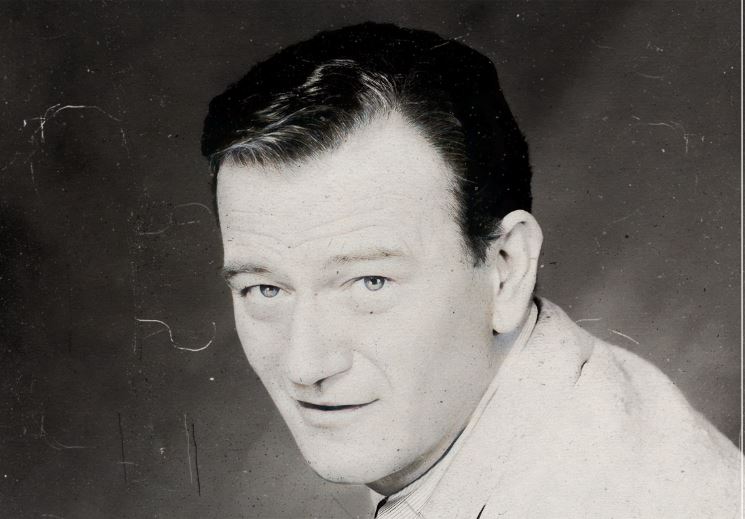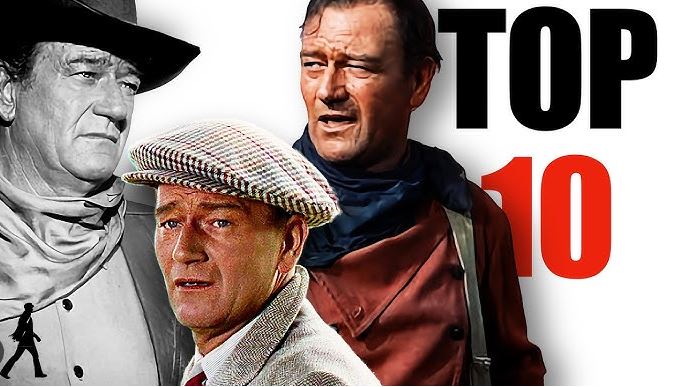John Wayne is a divisive figure in American cinema. While the actor remains etched into the annals of history for the success of his work, Wayne’s legacy is controversial for his many shortcomings as a person, including the bigoted views he expressed on more than one occasion. It’s difficult to ignore such a serious run of terrible behaviour and it makes looking at his cinematic legacy all the more troubling.
The truth is, without Wayne, the landscape of American filmmaking would be very different. His roles in some of the most beloved movies of the age made him a legendary figure. Despite having acclaimed movies such as The Searchers and Rio Bravo to his name, Wayne was sometimes accused of having very little range and, instead, of being more of an icon than an actor.

It must be tough to be thought of as such a seemingly small part of why a picture was actually good. Wayne’s presence on screen was always ‘felt’, but it never felt like he truly embodied a character well enough to distinguish from any of his other performances. He seemed to agree at least partly with this sentiment, describing himself as a reactor rather than an actor.
All that being said, the 1948 western Red River, directed by Howard Hawks, was a movie that challenged Wayne and required him to step outside of his comfort zone. Wayne was playing Thomas Dunson, whose tyrannical behaviour during a cattle drive led to his adopted son’s mutiny, and Wayne knew that he needed to push himself creatively to ensure that the character was sympathetic. The actor had previously been consistently cast as a no-holds-barred tough guy, who refused to bend and offered up very little emotion. This role changed everything.
Wayne also recognised that he would need to dial in his typical ‘hard man’ persona in order to show that this was a character who could be overpowered by Clift. Not only was Clift conveying more fragility with his performance, but he was only half Wayne’s size. It was a struggle that was palpable on screen and prompted Wayne to investigate his work more thoroughly.
Clift and the veteran actor would tussle both on-screen and on-set, as the two men, who operated from different points politically and socially, found it tough to work with one another. However, while the gunslinging hero was likely not a huge fan of Clift (once calling him an “arrogant little bastard”), he can thank him for pushing him into upping his game. Wayne went on to say that this was the first time he “felt like a real actor, someone who could make a unique contribution to motion pictures”.
His performance in Red River certainly went down very well not only with Hawks but also with his frequent collaborator John Ford, who stated, “I didn’t know the big son of a bitch could act!” It was a marked turn of improvement for Wayne, who cast away his position as a lumbering lout and instead turned in an award-worthy performance.
Interestingly, Wayne’s work on Red River also led to a period of self-reflection on his part. He realised that he wasn’t proud of some of his past behaviour, particularly of the way his first two marriages ended in bitter divorce, and he decided that he would try and change his behaviour and star in films that carried positive values for younger generations, thus leaving behind a legacy he could be proud of. It was a moment where his professional life would inform his personal behaviour.
Did he stay true to this throughout the rest of his career? That’s up for debate, as his many ugly outbursts and on-set issues continued, but he undeniably pulled together some of his most memorable work after Red River. These include his Oscar-winning turn in True Grit and his unforgettable lead performance in Ford’s 1956 masterpiece The Searchers, which offered further proof that Wayne, though perhaps limited as a performer, could turn in powerful performances with the right material.
